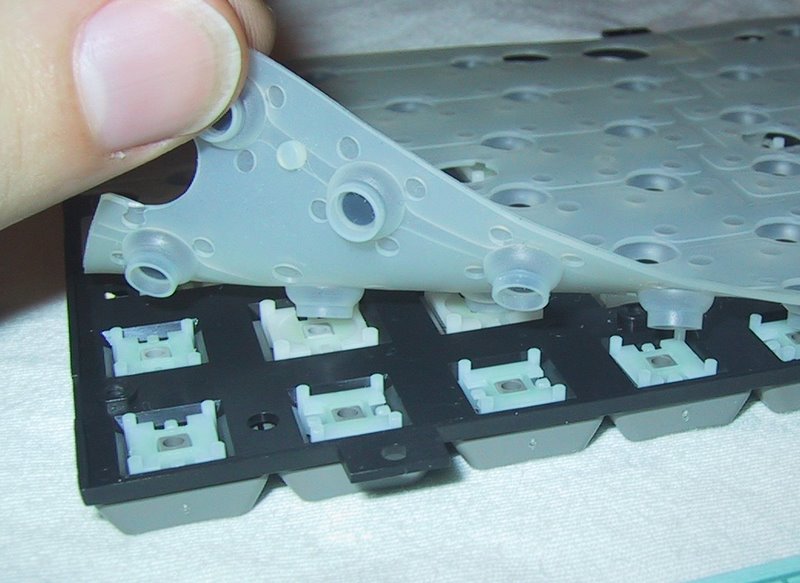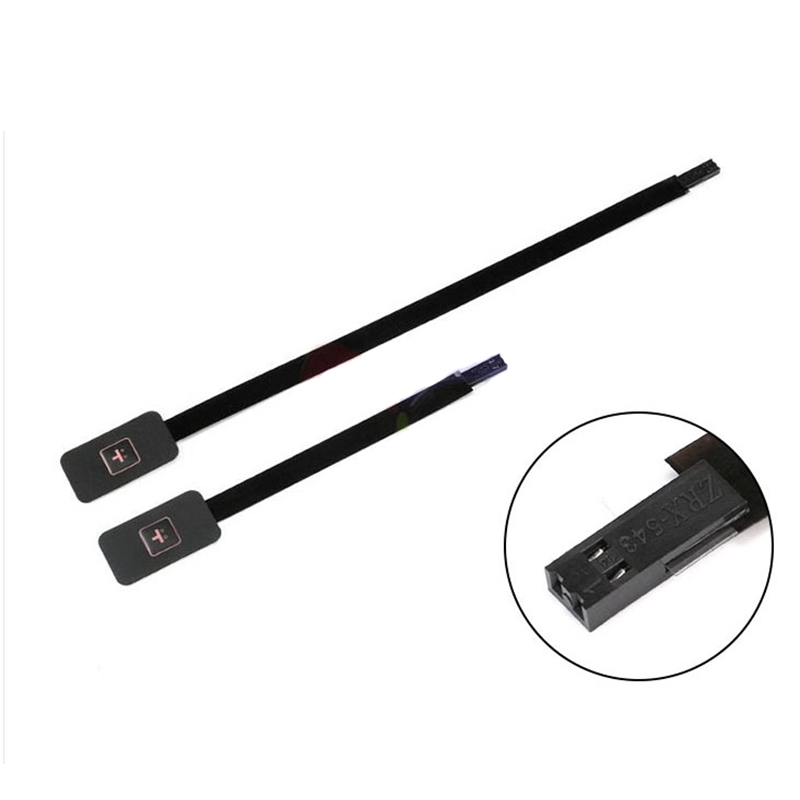The Advantages of Membrane Switches Over Conventional Switches in Extreme Conditions
The Advantages of Membrane Switches Over Conventional Switches in Extreme Conditions
Blog Article
Membrane Layer Switch Over Innovation: The Key to Dependable and Economical User Interfaces
Membrane layer button modern technology has arised as a crucial part in the style of user interfaces, providing both dependability and cost-effectiveness throughout a varied variety of applications. As we check out the complex advantages of membrane buttons, their capacity for technology raises questions regarding future applications and advancing fads.
Understanding Membrane Switch Modern Technology
Membrane layer button technology is an extensively made use of interface option in numerous digital devices, supplying a seamless mix of capability and design. This modern technology integrates several layers of materials, usually containing a visuals overlay, spacer layer, and a circuit layer. The visuals overlay presents the interface aspects, while the spacer layer separates the circuit layer from the overlay until a customer activates a switch.
When stress is used to the overlay, the circuit layer completes the electric circuit, sending out a signal to the tool. This system enables for various arrangements, consisting of responsive feedback and backlighting alternatives, boosting customer communication. Membrane layer buttons are generally made making use of long lasting products such as polyester or polycarbonate, guaranteeing long life and resistance to ecological elements like dampness and dirt.
The adaptability of membrane layer switches allows their application in diverse sectors, consisting of clinical tools, customer electronics, and commercial controls. Their portable style enables integration into space-constrained atmospheres, giving a reliable interface without compromising aesthetic appeal. Understanding the complexities of membrane switch modern technology is essential for suppliers and developers seeking to produce dependable and efficient human-machine interfaces.
Secret Benefits of Membrane Layer Buttons
While different user interface solutions exist, membrane switches offer distinct benefits that make them a preferred selection in many applications. Among the main advantages is their toughness; membrane layer buttons are developed to withstand extreme environmental conditions, including dampness, dirt, and temperature level changes, making certain lasting efficiency. This strength considerably reduces the demand for regular replacements, consequently lowering overall upkeep costs.

Furthermore, membrane layer switches are lightweight and portable, making them ideal for applications where room is limited. Their low-profile style contributes to a smooth appearance without compromising functionality.
Cost-effectiveness is also a significant advantage, as the production process for membrane switches tends to be cheaper contrasted to typical mechanical buttons. This affordability, incorporated with their integrity and simplicity of setup, placements membrane switches over as a practical service for a variety of sectors seeking effective and efficient customer interfaces.
Applications Across Different Industries
Exactly how do membrane layer switches adjust to the diverse needs of various sectors? Membrane button innovation is significantly acknowledged for its flexibility, making it ideal for a large variety of applications throughout several industries.
In customer electronic devices, membrane buttons provide a portable remedy for push-button controls and home devices, enhancing user experience through instinctive style. In addition, the industrial sector leverages membrane layer switches for machinery control panels, gaining from their resistance to harsh atmospheres, such as moisture and dirt.
Army and aerospace applications also utilize membrane switches for their dependability and ability to withstand severe conditions, guaranteeing functional efficiency in critical scenarios. In addition, the food and drink industry adopts these switches for automated systems, where hygiene and simplicity of operation are paramount. Ultimately, membrane layer buttons are customized to satisfy the unique demands of each market, proving their necessary function in modern innovation interfaces
Design and Customization Choices

In the realm of membrane layer button technology, design and customization alternatives play a critical function in boosting capability and user interaction. These buttons can be customized to meet certain functional needs and visual preferences, making them flexible parts in various applications.
Among the primary customization options is the design of the switch itself, which can be try these out designed to accommodate special customer interfaces and ergonomic considerations. By adjusting the shape, dimension, and arrangement of buttons, makers can create intuitive styles that promote ease of usage. Furthermore, the unification of different shades and visuals overlays permits branding and enhanced visibility, guaranteeing that customers can promptly recognize functions.
Furthermore, membrane switches can be crafted with numerous tactile comments devices, such as raised switches or distinct clicks, to boost the individual experience. Different materials can also be chosen for longevity and environmental resistance, addressing aspects such as moisture, temperature Learn More level variations, and chemical direct exposure.
Ultimately, the comprehensive layout and customization alternatives available in membrane switch innovation encourage services to develop customized options that not only fulfill functional requirements but additionally straighten with their branding and operational requirements.

Future Patterns in Membrane Buttons
As membrane switch innovation remains to progress, future trends are progressively concentrated on enhancing individual experience and integrating advanced capabilities. One significant fad is the assimilation of touch-sensitive and capacitive modern technologies right into typical membrane layer buttons. This advancement enables more intuitive customer interfaces, supplying responsive feedback while preserving a streamlined design.
One more emerging trend is making use of environmentally friendly materials, driven by the growing demand for lasting manufacturing methods. Manufacturers are seeking to reduce their carbon footprint by utilizing recyclable substratums and low-impact inks, straightening with international sustainability goals.
Moreover, the surge of the Web of Things (IoT) is prompting the consolidation of wise attributes into membrane switches. Improved connectivity alternatives will make it possible for devices to communicate with each other, enabling smooth assimilation into wider systems.
Additionally, improvements in printing technologies, such as digital printing, are permitting higher style flexibility and customization. This enables suppliers to produce intricate designs and lively colors cost-effectively.

Verdict
In verdict, membrane layer switch innovation represents an important innovation in interface style, supplying considerable advantages in durability, personalization, and cost-effectiveness. Its extensive applicability across diverse industries underscores its value in modern-day technology. As advancements proceed to arise, especially in touch-sensitive user interfaces and sustainable products, the potential for membrane changes to boost you could check here individual experience and functionality continues to be appealing. Proceeded exploration of this technology will likely yield even more improvements and widen its extent in future applications.
Report this page